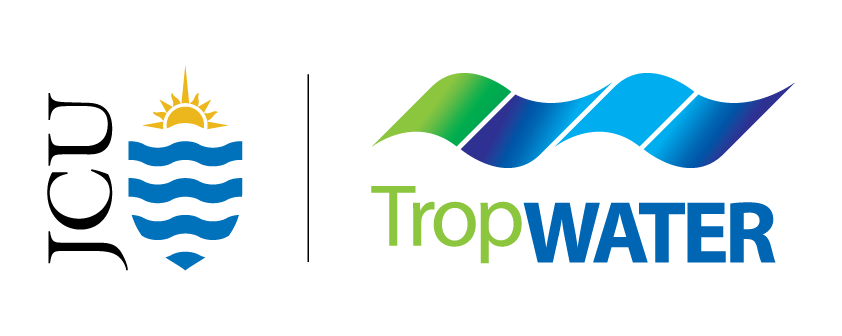
Great Barrier Reef
Location
We monitor seagrass health across the inshore areas of the Great Barrier Reef to provide critical information for understanding the condition, pressures and drivers of seagrass condition for managers.
Our monitoring and assessment of seagrass health spans over 20 years, and includes the assessment of seagrass abundance, reproductive effort, and resilience at 29 locations across the Great Barrier Reef, covering several habitat types.
We evaluate environmental pressures and provide insights to inform effective management strategies.
Key points
Monitoring seagrass health in the Great Barrier Reef
Seagrass meadows in the Great Barrier Reef
Seagrass meadows are vital for the Great Barrier Reef's health. They provide habitats and food for fish, turtles, and dugongs. Seagrasses also stabilise sediments, improve water quality, and boost the reef's resilience.
Seagrass meadows face many threats from both natural and anthropogenic pressures. Extreme weather, physical disturbances, land-based runoff, and high temperatures can harm seagrass health. These factors affect the reef's resilience and biodiversity.
These pressures can affect seagrass meadows across the Great Barrier Reef, which can vary in different regions. Monitoring and assessing their health is crucial for marine managers to respond.
Monitoring and assessing seagrass meadows
Our work is focused on monitoring and assessing the condition of inshore seagrass meadows across the Great Barrier Reef. We provide up-to-date and long-term information to help inform management on the health of seagrass habitats.
For over a decade, we have assessed seagrass abundance, reproductive effort, and leaf tissue nutrients at 29 locations across the Great Barrier Reef as part of Seagrass Watch and the Marine Monitoring Program.
We assess seagrass condition in four types of habitats including estuarine, coastal intertidal, coastal subtidal, and reef intertidal.
Monitoring is conducted across six Natural Resource Management (NRM) regions: Cape York, Wet Tropics, Burdekin, Mackay Whitsunday, Fitzroy and Burnett Mary.
Two main indicators, Abundance (percent cover) and Resilience (resistance and recovery potential), are evaluated. Other factors such as seagrass species, meadow size and patchiness, seed bank density, seawater temperature, light availability, sediment characteristics, and the presence of macroalgae and epiphytes are also recorded to provide additional context for assessing seagrass health.
We record environmental pressures that can influence seagrass health such as within-canopy water temperature, benthic light, sediment composition, and macroalgae and epiphyte abundance.
Our monitoring guides seagrass management
Our research provides valuable insights into the extent, health and trends of the status of inshore seagrass meadows. This data guides effective conservation and management strategies.
We report trends and conditions in the Great Barrier Reef every year to the Reef Authority, through the Marine Monitoring Program Annual Report.
We evaluate how extreme events and multiple pressures over many years affect important Great Barrier Reef habitats.
Long-term data allows us to assess the long-term recovery or decline of seagrass habitats that have been influenced by a range of pressures.
The data informs the Paddock to Reef Integrated Monitoring, Modelling and Reporting Program, Reef Plan 2050 Water Quality Improvement Plan, Reef 2050 Long-term Sustainability Plan, the five-yearly Outlook Report, and the regional water quality report cards.
This comprehensive approach ensures that the data collected supports targeted management strategies to protect and enhance the health of the Great Barrier Reef's vital seagrass ecosystems.

Research support










